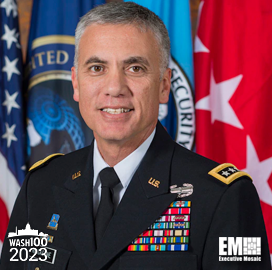A team composed of the Defense Advanced Research Projects Agency, the Air Force Research Laboratory, Lockheed Martin and Aerojet Rocketdyne has completed the second Hypersonic Air-breathing Weapon Concept flight test.
During the test, which doubled the amount of scramjet powered vehicle data, the four organizations achieved their target goals and demonstrated that hypersonic systems can be produced cost-effectively, Lockheed Martin announced from Palmdale, California on Monday.
“Affordability and reliability are essential as we work to develop operational hypersonic solutions,” emphasized John Clark, vice president and general manager of Lockheed Martin’s Skunk Works division.
Following its successful launch from a B-52 bomber, the HAWC system’s first stage pushed it to the targeted engine ignition threshold, allowing the Aerojet Rocketdyne scramjet engine to fire and accelerate the system to speeds beyond those of Mach 5.
The system traveled over 300 nautical miles and climbed to altitudes of more than 60,000 feet, meeting the predicted standards of performance.
To reach these goals, Lockheed Martin Skunk Works and Aerojet Rocketdyne collaborated to improve low-cost advanced manufacturing technologies, focusing on durability to reduce the cost of pieces and parts.
By incorporating digital technology into the design, test and manufacturing process, the team was able to demonstrate the possibility of producing hypersonic systems at rates necessary to meet federal demands for these products while minimizing costs.
“Both of our HAWC flight tests launched from an operational aircraft and matched performance models and predictions to aid affordable, rapid development of future hypersonic weapons,” Clark stated.
The first test of the HAWC system was conducted in April 2022.
Across almost six decades, Lockheed Martin has worked to research, develop and showcase hypersonic technologies, with a focus on those required for operational systems that support the U.S. and its allies in responding to evolving threats.
One of these technologies is the company’s AGM-138A Air-launched Rapid Response weapon, which was successfully flight tested in May. Lockheed Martin expects the weapon to reach Early Operational Capability this year.












